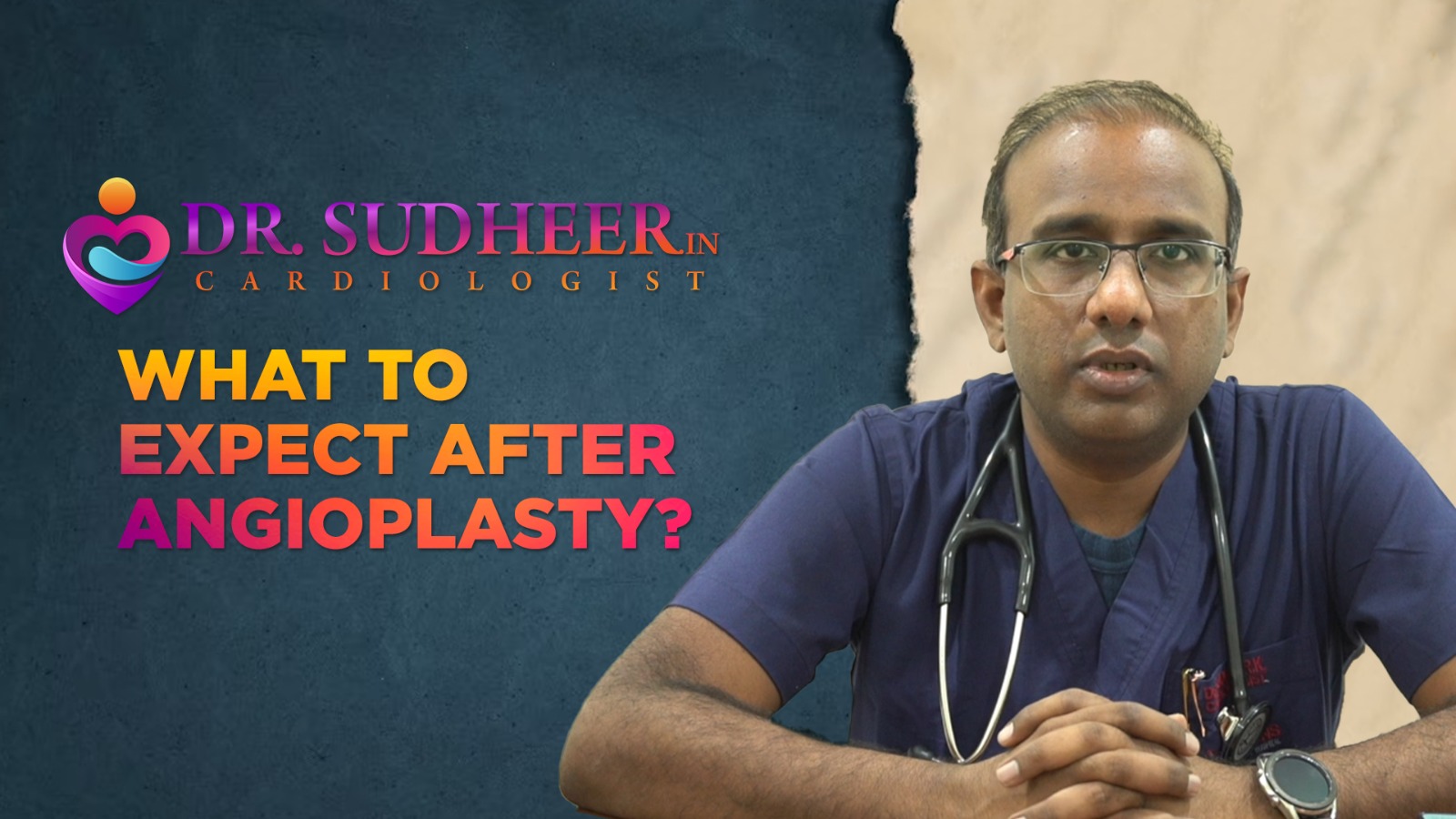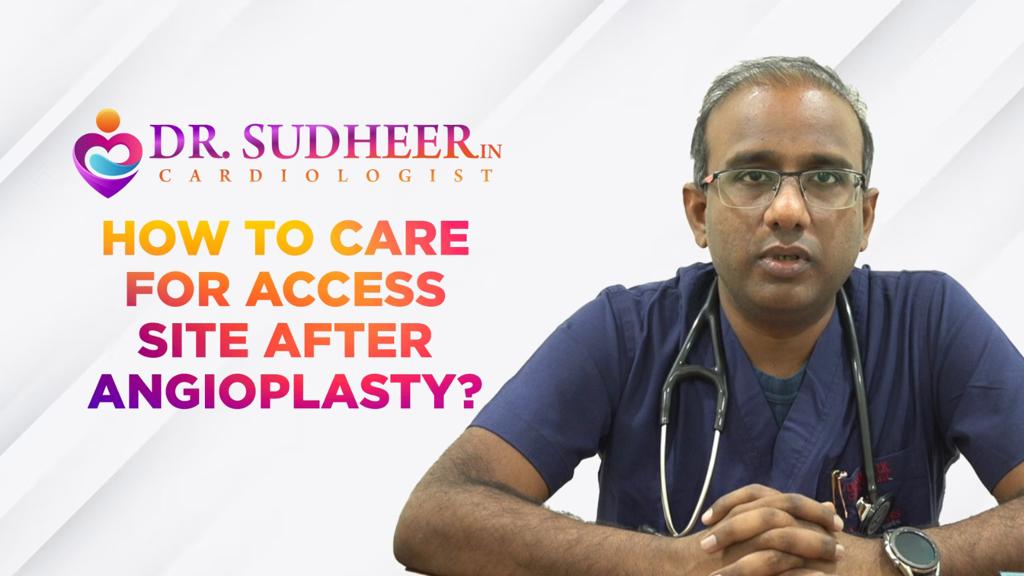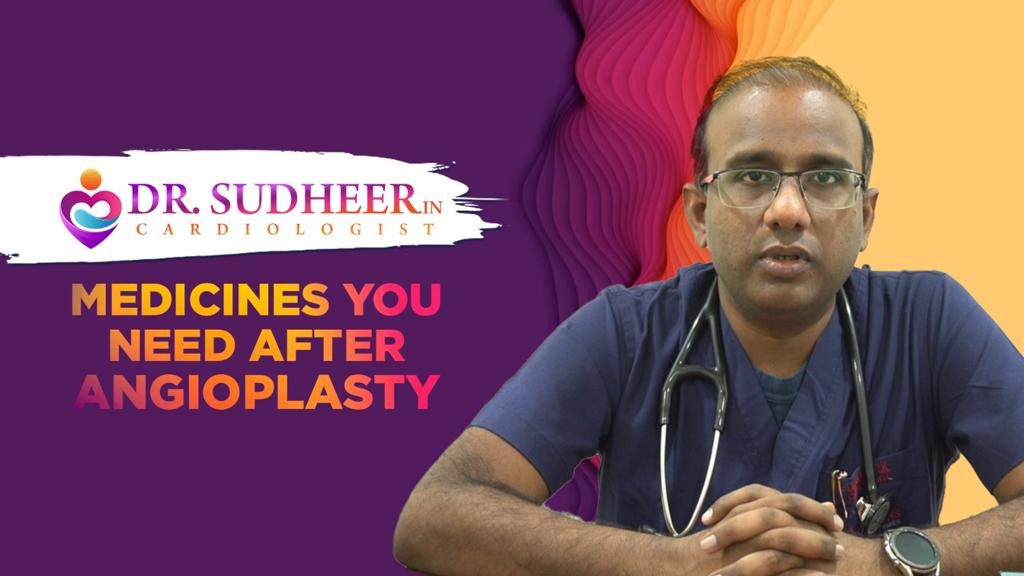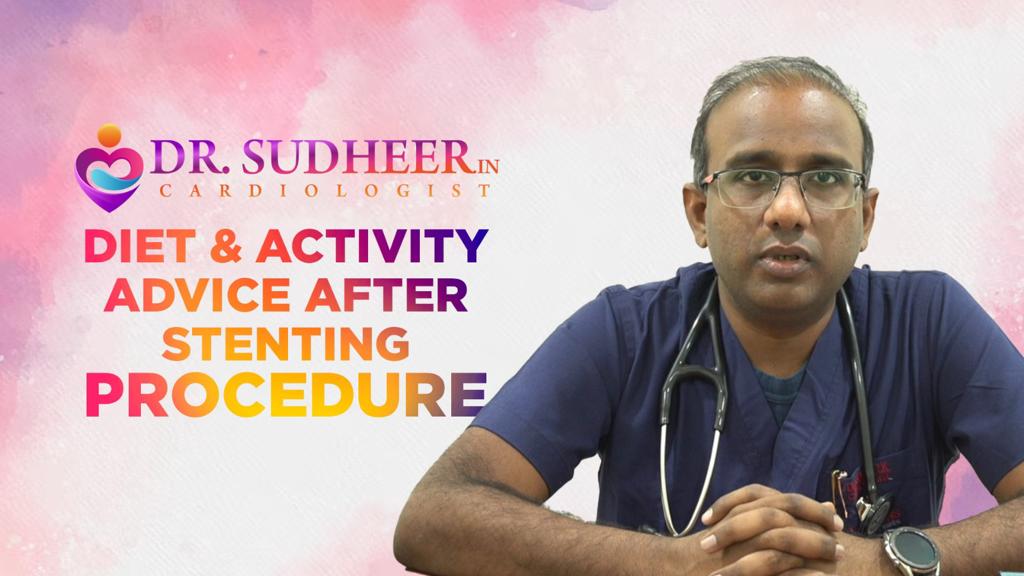Angioplasty is commonly conducted by a cardiologist through an artery in the arm, wrist, or groin area. The patient is given a sedative to help them relax and remain alert during the procedure. The following steps are carried out during the procedure:
Fluids, sedatives, and blood-thinning medications (anticoagulants) are administered through an IV catheter in the hand or arm.
Throughout the procedure, the doctor monitors the patient's heart rate, pulse, blood pressure, and oxygen level
The doctor cleans the area on the leg, arm, or wrist with an antiseptic solution and covers it with a sterile sheet.
Local anesthetic is used to numb the area where a small incision is made. A short, thin guidewire is then inserted into the blood vessel.
Using live X-rays for guidance, the doctor inserts a thin tube (catheter) through the artery.
Once the catheter is in place, contrast dye is injected through it. X-ray images, such as angiograms, help the doctor see inside the blood vessels and identify the blockage.
At the site of the obstruction, a tiny balloon with or without a stent at the catheter's tip is inflated, expanding the obstructed artery. The balloon is then deflated, and the catheter is removed after the artery has been stretched.
If the patient has multiple blockages, the treatment needs to be repeated for each one.






